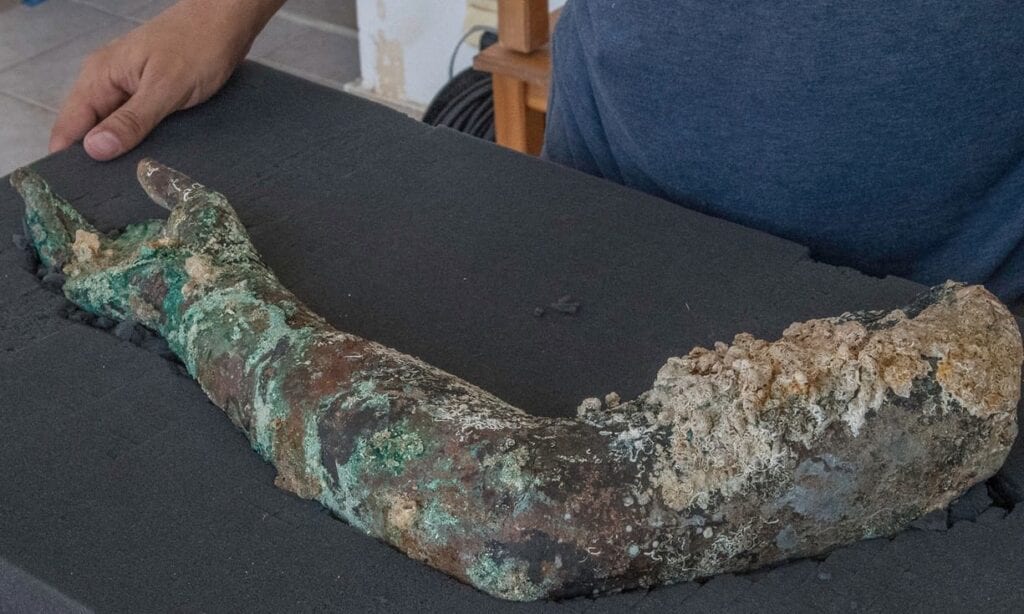
The Antikythera mechanism was for years one of the world’s greatest unsolved mysteries. The strange, intricate device was found in 1902 in a shipwreck off of the Greek island of Antikythera. For over a century, the device’s construction and intended use puzzled historians and archaeologists. Coins and other artifacts found at the shipwreck were dated to the first century, but the Antikythera mechanism’s construction appeared to be far more advanced than any other technology known from that time.

In the last decade, new 3D scanning technologies have allowed researchers to peer into the inner workings of the device like never before. Of course, there are numerous essays and researches on this topic, in case you are interested you can purchase them, for example, on essaypro.com. It is now believed the device was one of the world’s first analog computers and was used to chart astronomical events like lunar and solar cycles and eclipses. The shipwreck on which the device was found is still the subject of scrutiny, with new discoveries being made. Last year, bone fragments belonging to the human occupants of the ship were located and are still undergoing DNA testing to determine their ancestry. Now, researchers from the Greek Ephorate of Underwater Antiquities and Sweden’s Lund University have made another groundbreaking discovery among the Antikythera shipwreck that could revolutionize Greek history.

The team has found what they’re describing as a “wealth of treasures” surrounding the shipwreck which include more human remains, fragments of bronze and marble statues, a sarcophagus lid, and a mysterious bronze disc which features an image of a bull. The treasures were found underneath boulders that had fallen from nearby cliffs on Antikythera island. Archaeologists are already predicting that the statue fragments could add to our limited understanding of this period of Greek history since less than a few dozen intact statues have been discovered from this period.
The strange bronze disc is currently a mystery to the researchers. It measures about eight centimeters across and has four arms with holes for pins or screws. One theory is that it could be a missing piece of the Antikythera mechanism itself, although its purpose remains unknown. It was initially speculated that the disc might house more gears, but x-rays revealed it to be some sort of lid or decorative element featuring a bull design.

Still, Cardiff University’s Mike Edmunds, a member of the Antikythera Mechanism Research Project, told The Guardianthat the discovery of the bronze disc lends hope to the possibility that more pieces of the mechanism may yet to be found:
They are getting very good at detecting bronze items which raises the possibility that they may be able to find either the missing planetary gearing from the Antikythera mechanism, which we know is there from the analysis of the inscriptions on the mechanism, or a new piece of mechanism, or another mechanism that was being transported, and that would be very exciting.
Finds like this really make you wonder: what untold treasures of civilizations long gone might lie deep underground or underneath miles of ocean? Archaeologists make frequent discoveries which suggest ancient civilizations might have had technology far more advanced than we think. Is history a cycle? Has all of this happened before and will it all happen again? Are we doomed to be forgotten under the waves, our technology reduced to indecipherable rubble? Will future civilizations be able to deduce what in the world a circuit board might have been used for? Let’s hope not. Some things are better left to dust.




